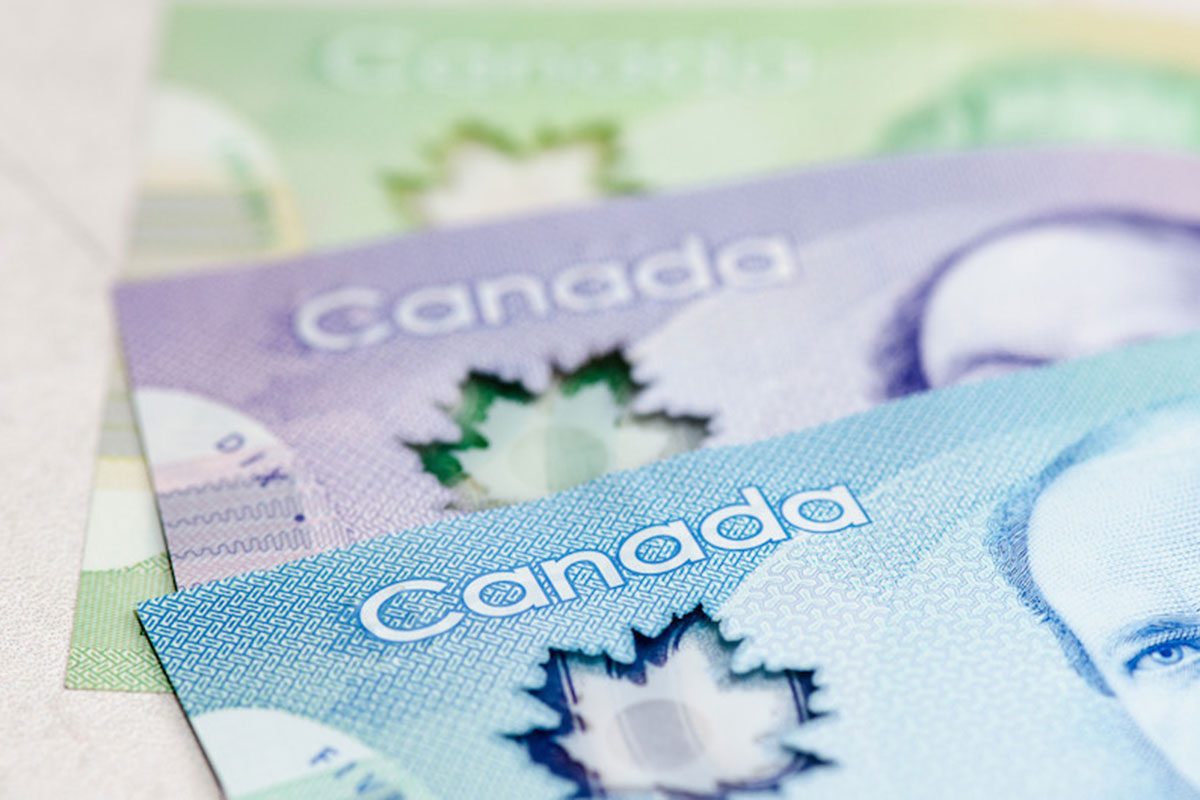
The Conversation: The real cost of workplace sexual harassment to businesses
The following article from Shiu-Yik Au, assistant professor of finance, was published online on The Conversation:
Sexual harassment causes tremendous damage to employees who experience it, leading to higher employee turnover, lower employee productivity, increased absenteeism and increased sick leave costs for companies.
While sexual harassment is devastating to individual employees, why should a profit-maximizing CEO of a major company seek to do anything about it?
My study “Me Too: Does Workplace Sexual Harassment Hurt Firm Value?”, written alongside fellow academics Ming Dong of York University and Andréanne Tremblay Université Laval, examined data from current and former employees of thousands of North American companies.
We used job reviews from Glassdoor and Indeed, gathering more than 1.65 million reviews of over 1,100 firms to identify reported instances of sexual harassment. We then calculated a sexual harassment incidence rate over the year for each firm in the sample and matched it to profitability and the stock market performance of publicly traded companies.
We’ve determined that workplace sexual harassment significantly impacts the bottom line of the companies where it’s occurring.
The relation between the bottom line and sexual harassment may not be intuitive to CEOs. Some might erroneously believe that workplace sexual harassment episodes are isolated, infrequent or that their rank-and-file employees have no direct impact on their firm’s profitability.
Similarly, a CEO might consider sexual harassment as an unpleasant cost of doing business and that employees will continue in their jobs despite sexual harassment due to better wages or career opportunities.
Costs thousands per employee
But one study has found an average damage of US$22,500 per employee in lost productivity and employee turnover due to sexual harassment. Other research has shown that sexual harassment affects bystanders as well by creating an atmosphere of fear and intimidation. For example, one person in our dataset said:
“The best way to handle an issue involving sexual harassment or physical threats by management is not to go to HR. If you point out a problem you will be made to feel badly and your job/career will be put in jeopardy.” Furniture retail store manager.
So what’s a CEO to do? Simply accept sexual harassment as a cost of doing business? Or take measures to address it and avoid it, and all its potentially devastating snowball effects?
Our research suggests CEOs need to deal with sexual harassment due to the devastating consequences for firms with high levels of sexual harassment. Companies with the highest incidences of sexual harassment underperform the U.S. stock market by approximately 19.9 per cent the subsequent year.
Any complacent CEO should be rudely shocked into action.
For our research, we chose a data source that avoids problems of under-reporting due to fear of retaliation — online job reviews are anonymous and can be posted by both current and former employees. Fears of retaliation are a genuine concern of sexual harassment victims, as shown by one U.S. Equal Employment Opportunity Commission study. One of our respondents reported:
“They ended up firing another girl because she started to file a sexual harassment claim.” — Hardware store employee
Our research identified the sexual harassment rates of all the firms in our sample and then, for each year, identified the worst firms for sexual harassment —companies that were in the top two per cent that year.
We found these worst sexually harassing firms, such as a home decor company and an ad technology firm, underperformed the U.S. stock market (including NASDAQ, AMEX and the NYSE) by an average of 19.9 per cent per cent a year.
This represents an average loss in market capitalization of US$2.1 billion per firm. The market capitalization of the 101 firms we identified as the worst sexual harassers had a combined market capitalization of approximately US$1.1 trillion in 2017 dollars). This translates to a total loss of US$212.2 billion per year (US$1.1 trillion multiplied by 19.9 per cent), or an average annual dollar loss of US$2.1 billion per firm.
Not just the markets
This damage isn’t isolated to the firm’s stock market performance. Profitability is also strongly affected: Return on assets (ROA) and return on equity (ROE) decline by about 4.2 per cent and 10.9 per cent, respectively, over the following two years for these worst sexually harassing firms.
In addition, labour costs rise on average by seven per cent for these firms over that same period.
The current federal cap on sexual harassment damages in the United States is US$300,000, minuscule relative to the $2.1 billion in annual losses, according to our estimate. Put differently, the annual loss in shareholder value is about 7,000 times larger than the maximum compensation to each harassment victim.
Therefore our paper suggests that a much larger cost of workplace sexual harassment than the direct compensation to affected employees is lowered profitability.
Interestingly, these results are not due to a sudden reaction to the #metoo movement. Our sample covers the period from 2011 to 2017, the period before the #metoo movement went viral in October 2017. This shows sexual harassment was damaging even before a dramatic increase in public awareness about the issue.
Read more: When is #MeToo coming to my workplace? Eight things you can do now
Our research will help add to the conversation about sexual harassment in the workplace. Currently, activists, media commentators and policy-makers have been looking at sexual harassment as a moral wrong that should be stamped out.
But we’ve determined that not only is it morally reprehensible, it’s also extremely damaging to the value of any company — so damaging, in fact, that CEOs must stand up and take notice.
Research at the University of Manitoba is partially supported by funding from the Government of Canada Research Support Fund.







